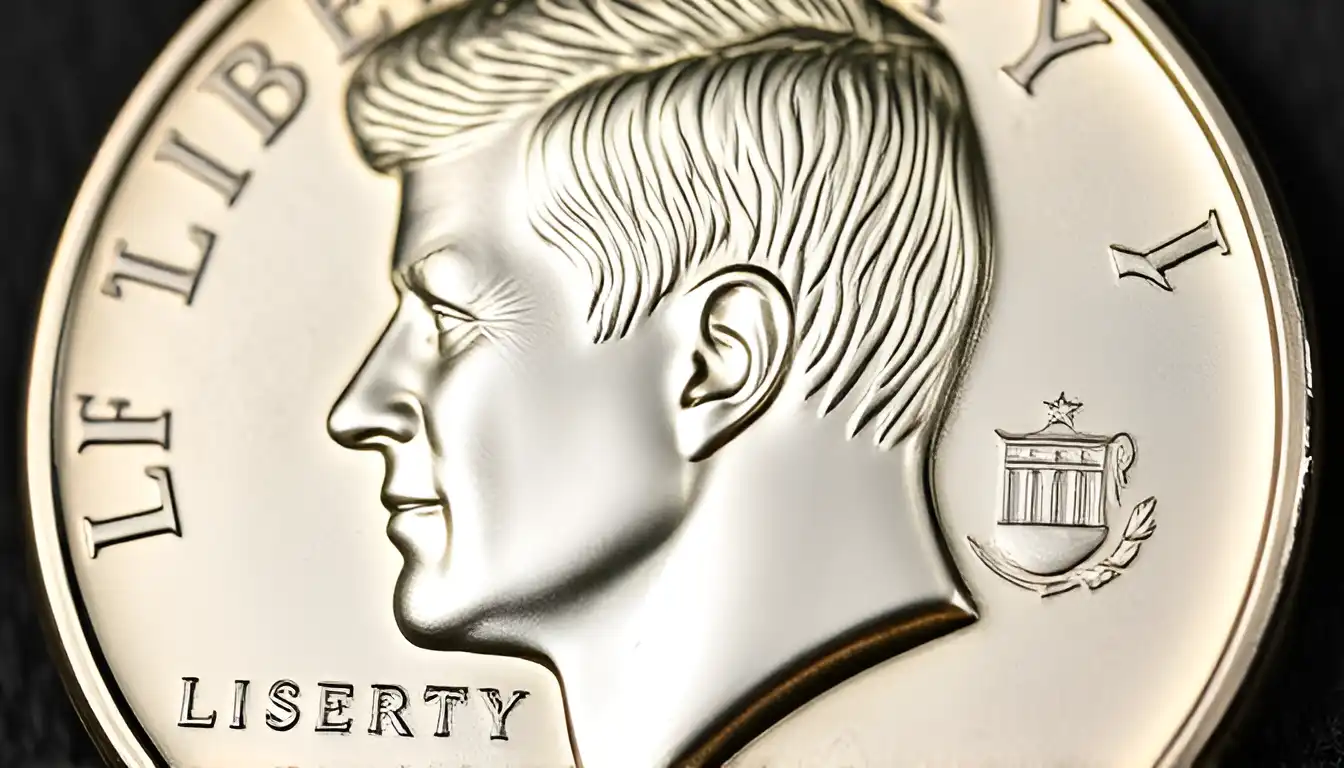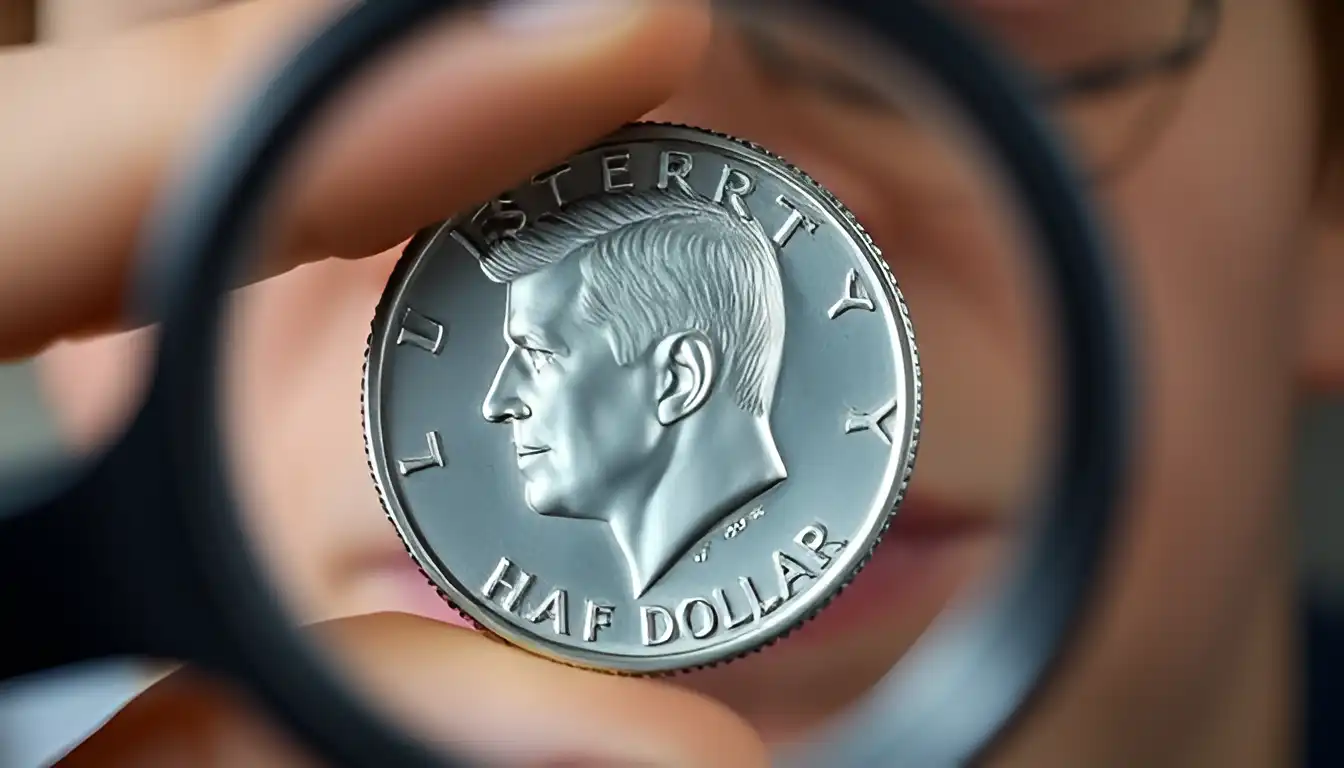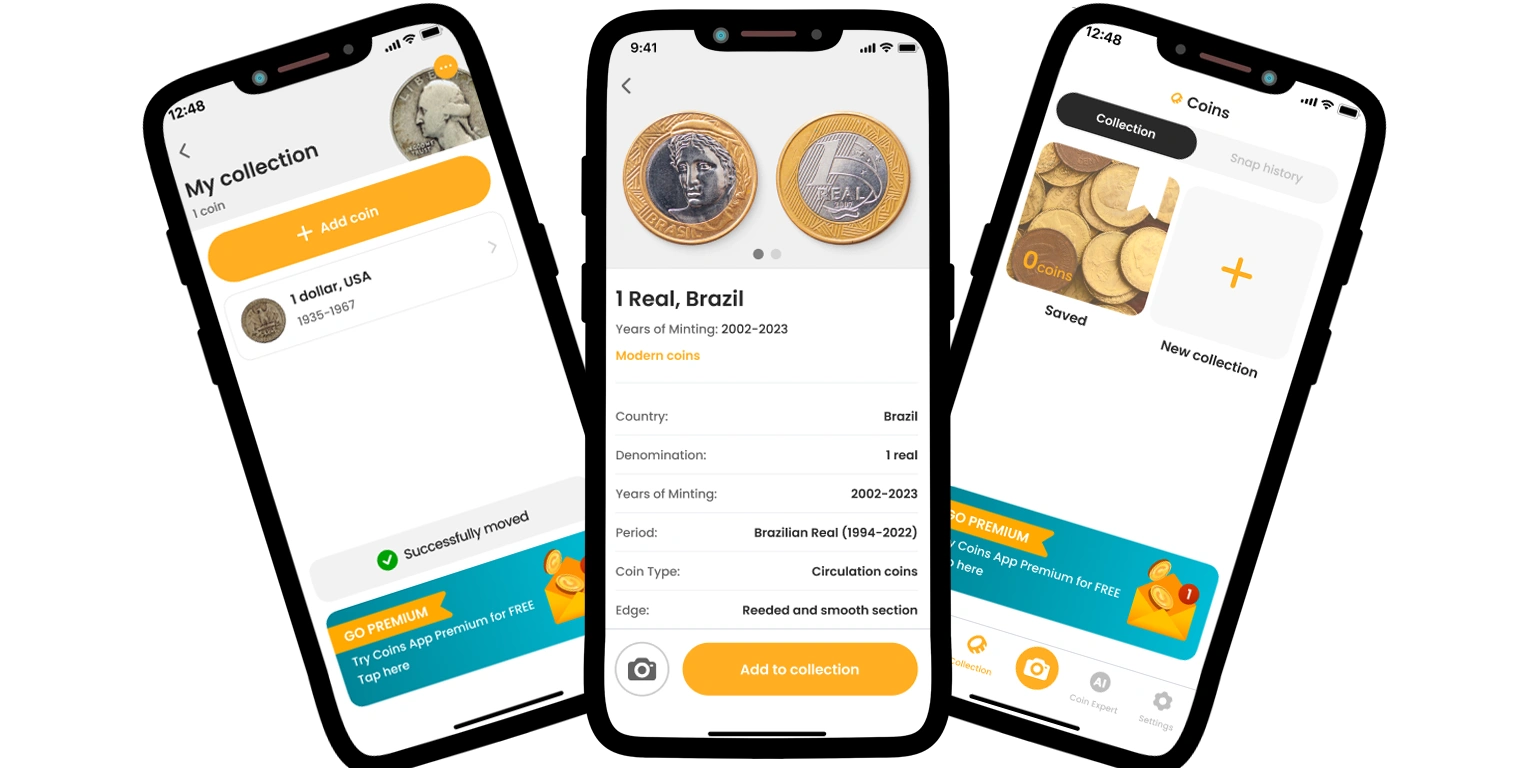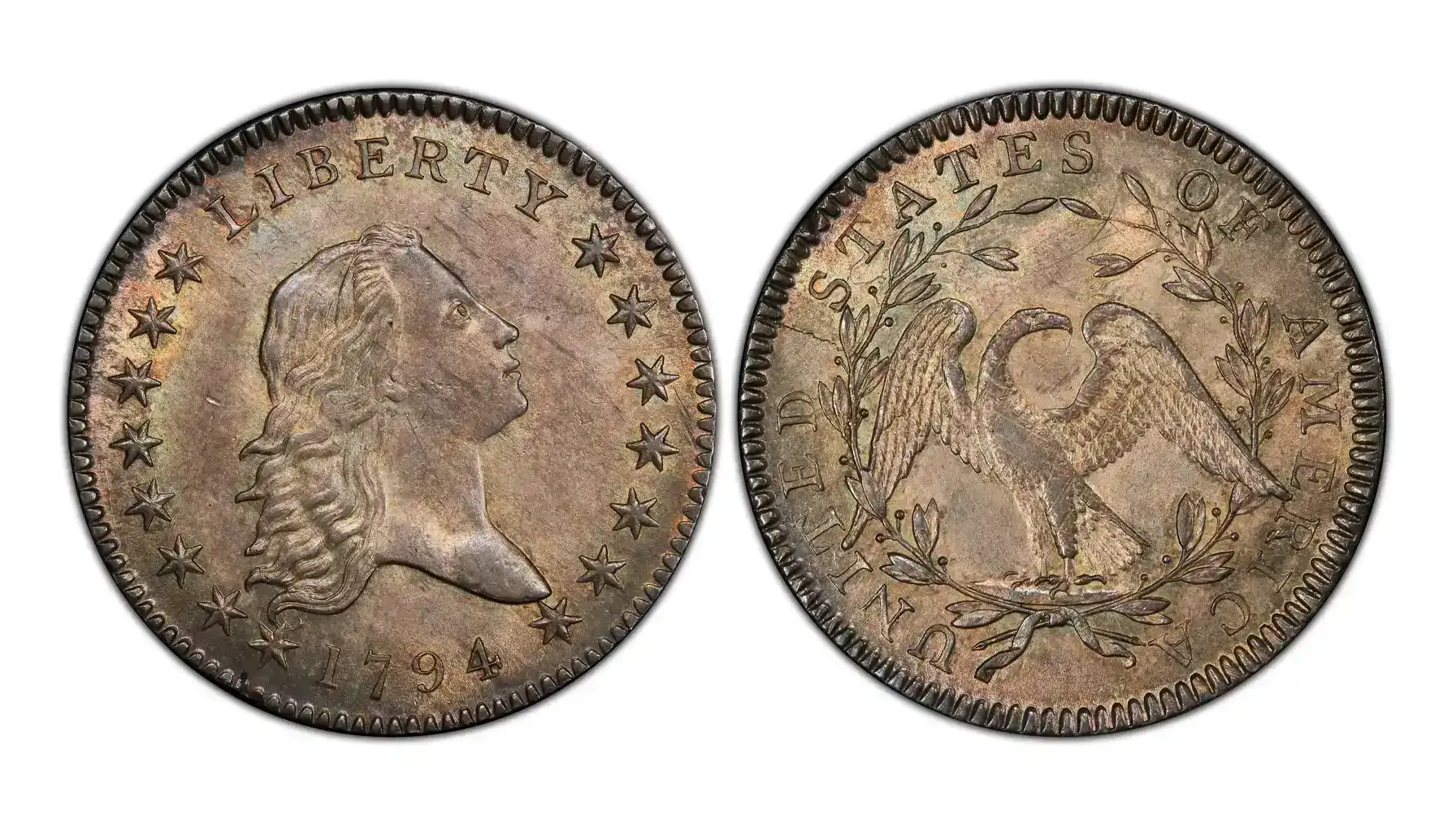Contents:
History is always reflected in the works of art, and coins comprise that non-mainstream yet fine sector representing the best and the worst episodes on their face. Indeed, the XX century had been rude to humankind, which is why the main units of currency usually depicted events and figures everybody has definitely heard of, e.g., 1943 wartime steel cents.
Half dollars, the largest coins in the US, constitute one of the most historically significant yet sophisticated numismatic groups – a commemorative one. In this material, we are to discuss a notorious iteration of this coin with Kennedy on the obverse. So, what does the Kennedy half dollar reverse look like, and how to identify it properly?

Historical Context of This Commemorative Coin
The half dollars have been in circulation for years, and the introduction of the Kennedy half dollar was not a starting point of their history. In fact, he was the eighth to illustrate the coins obverse and pay tribute to the fallen president soon after the assassination had left the nation in shock for years.
In 1964, four months after his death, the idea of releasing and distributing these coins was not really controversial but definitely good to support a symbol of the era and people who fueled that period for good. The US Mint which was responsible for the development of the half-dollar coins was aware of the preferences of First Lady Jacqueline Kennedy to employ half dollars and her desires.
Very soon, the Kennedy Half Dollar collecting turned into a journey with millions of Americans who were finally ready to mourn and bid farewell to their late president with grace. Not a surprise, but collecting these coins soon gained enormous popularity, either way preserving the legacy of a leader whose life and presidency were vivid and bright. Hence, the history of the Kennedy half dollar is not about a material unit of currency and wealth but about empathy, humane attitude, and memories in the first place.
Design Features of Kennedy Half Dollar
The half dollar itself is indeed a variation that is strongly connected to a person depicted on it. Although the US Mint strived to produce more and more coins, they had to suspend this aspiration in order to keep the profile of Kennedy and commemorate him further. So, whos on the half dollar and how to identify the coins?

The obverse of the Kennedy half dollar is probably the most popular point known about this type of coin worldwide. A person who was in charge of dollar design, Giroy Roberts, an artist who intricately employed a portrait of a real person and transformed it into a literal symbol of the US. No matter what year of issue it is, half dollars offer the profile of Kennedy with stoic expressions, a reflection of public issues, and leadership for sure.
The reverse, in turn, demonstrates the Presidential seal, a bald eagle, and the arrows surrounded by the stars each referring to a particular state in the country. Besides, like any other coins in the US, these could be found overly traditional inscriptions like “E PLURIBUS UNUM” (which means “Out of many, one”) and the like.
Briefly About the Coin’s Characteristics
Designer | Gilroy Roberts (obverse), Frank Gasparro (reverse) |
Year of Issue | 1964 |
Composition | 1964: 90% silver, 10% copper 1965-1970: 40% silver, 60% copper 1971-now: copper-nickel clad |
Weight | 11.34 grams |
Diameter | 30.6 |
Edge | Reeded |
Mintmark | “D” for Denver, “P” for Philadelphia (as for the latter – no more mintmarks until 1980) |
Mintage | Over 273 million in 1964 |
Who Was on the Half Dollar Before Kennedy?
Though the coin of a half dollar depicted various figures, both fictional and real ones, the most appropriate answer to the question “Who is on the half dollar before Kennedy?” should be Benjamin Franklin. The Franklin half dollar was issued during the period from 1948 to 1963 with a profile of a Founding Father on the obverse and the Liberty Bell and an eagle on the reverse.

Rare Varieties of the Coin
Most people believe that a half coin with John Kennedy is itself a rare find; nevertheless, it is not true. These options are still produced and distributed inside the country and fat outside, too. However, there exist numerous varieties of this coin that have some errors (or distinctive features), making them so valuable and sought-after by collectors and coin enthusiasts alike. Here is a quick list of coins, provided by the Coin ID Scanner app, a new yet convenient opportunity for coin enthusiasts to explore:
1964 Accented Hair Variety
This is one of the most famous and looked-for opportunities with more pronounced, i.e., accented, hair on Kennedy. As they say, Jacqueline requested the modification of the coin for it to be more aesthetically pleasant and up-to-date.

1970-D Kennedy Half Dollar
Some options do not have to be erroneous but simply limited in their mintage. 1970-D Kennedy half dollar was released as a coin for mint sets but not for general circulation. Besides, this was the last of the silver-clad Kennedy half dollars and has a lower mintage when compared to other years, though.
1974-D Double Die Obverse
Another unintentional modification can be noticed in 1974-D Kennedy half dollars as these options have a doubling on the obverse (in the words “IN GOD WE TRUST” and “LIBERTY”). Double die is not an uncommon thing, for it is always caused by casual misalignment during the minting process.

1998-S Matte Proof
Last but not least, the US Mint released a special two-coin set in the name of Robert F. Kennedy. What makes this coin so unique and valuable is the matte finish which is powered by low mintage that defines this unit of currency as a collecting target and a fine instrument of investment.
…and many other coins, including 1941 Walking Liberty half dollars, Canada Superman coins, Roman coins, etc.

By the way, what to know more about these coins? Install Coin ID Scanner and explore the world of numismatics with ease. All you need to do is navigate its extensive but logically structured coin encyclopedia, scan coins via the camera right in the app to get instant feedback regarding your own coins, manage the collection, and even more.
Let your community stay in one place – invite your coin friends to join and share your discoveries all the time!



